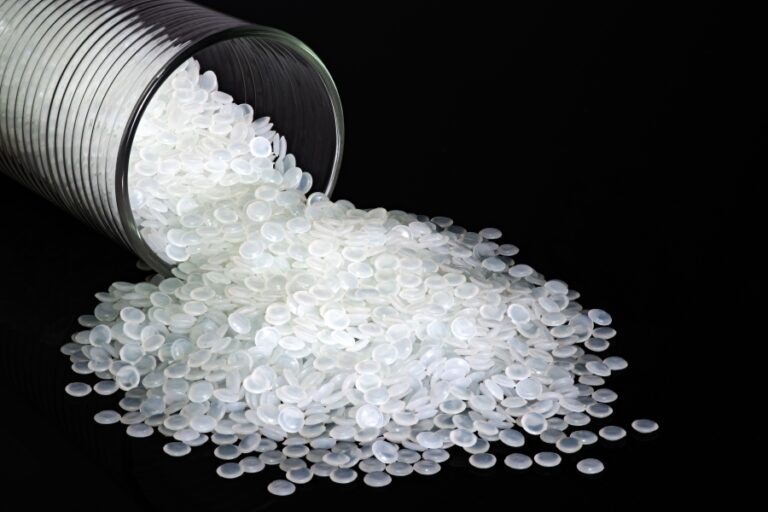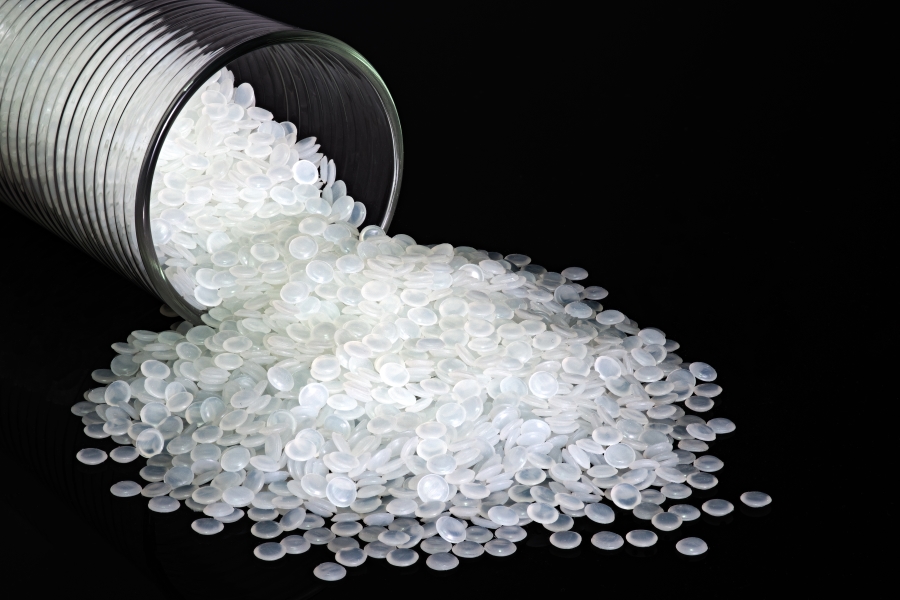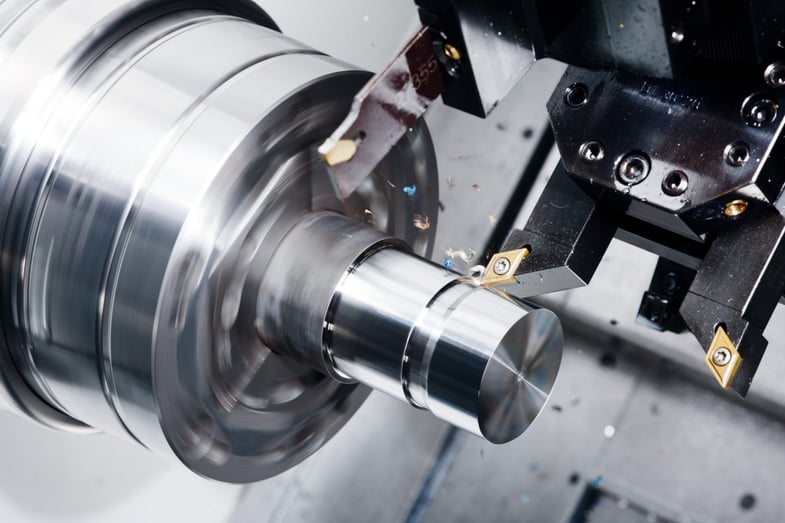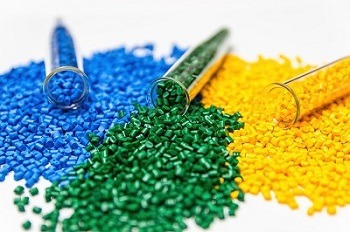Food Safe
Ensuring the safety of plastics used in food production, cooking, and storage involves meeting specific criteria. These plastics must maintain sterility, refrain from imparting flavors to food items, and exhibit traits such as non-biodegradability, non-absorbency, and resistance to edible oils and acids.
PET (polyethylene terephthalate) excels in meeting these criteria, making it a highly preferred plastic for food packaging. Widely utilized in water and soda bottles, as well as various food containers, PET is prized for its robust, shatterproof nature, lightweight composition, and recyclability. In fiber form, PET transforms into polyester, a prevalent artificial fabric used in clothing and insulation.
LDPE (low-density polyethylene) finds application in crafting food bags and cling film, while HDPE (high-density polyethylene) is an excellent choice for manufacturing plastic cutting boards. PP (polypropylene) is also prominent in food containers, such as yogurt cups.
It’s important to note that certain engineering grade plastics, while meeting food safety standards, are typically reserved for applications in food processing equipment or other durable products due to their elevated cost.
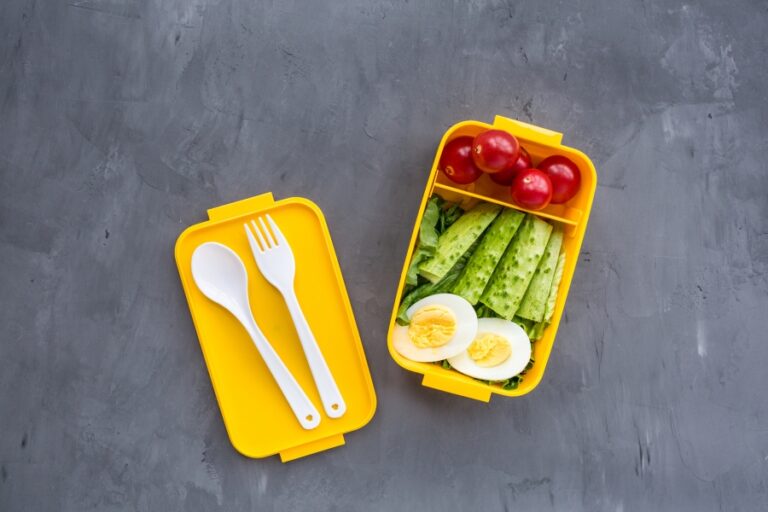
Impact Resistant
Resilience to repeated impacts, a key requirement for plastics in this category, entails the ability to endure successive blows and revert to their original shape without denting or cracking.
An exemplary application of such impact-resistant plastics is evident in the construction of toolboxes, like those made from ABS (acrylonitrile butadiene styrene) and HIPS (high-impact polystyrene). These materials are chosen for power tool housings, luggage, sporting goods, and other products subjected to substantial stress while maintaining rigidity. The toughness of these resin compounds can be further enhanced by incorporating glass or carbon fibers.
Transparent plastics have also gained prominence as substitutes for glass, with PC (polycarbonate) emerging as a notable choice. PC is well-suited for motorcycle windscreens, plastic eyeglass lenses, and the fabrication of lightweight protective shields.

Versatility in Flexibility
While every plastic inherently possesses a degree of flexibility, there are applications where superior strength is not crucial, but flexibility without sacrificing structural integrity is paramount.
Polypropylene (PP) emerges as the epitome of flexibility in plastics, especially for crafting living hinges akin to those found on shampoo bottle caps or pill dispensers. This particular plastic can endure thousands of flexes before reaching its breaking point, a durability well-suited for the product’s entire lifespan.
In the domain of heavy-duty applications, High-Density Polyethylene (HDPE) takes precedence due to its enhanced durability. This material finds its place in robust trash cans subjected to frequent rough handling.
Thermoplastic Polyurethane (TPU), categorized as an elastomer, exhibits a stretchy and rubbery composition. Widely employed in the production of caster wheels, sealing rings, gaskets, cable housings, and sporting goods, TPU offers variable degrees of softness and elasticity, controlled by adjusting the chemical composition.
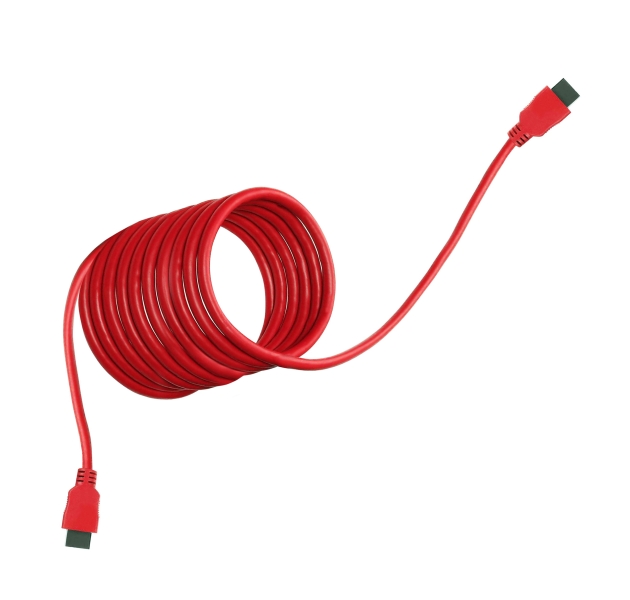
Advanced Engineering Grade
Engineering plastics represent crystalline polymers with mechanical properties akin to metal, delivering strength and durability while maintaining a lightweight and cost-effective nature—qualities particularly advantageous for large-scale production, a specialization at RP Group.
In this category, notable plastic materials include ABS, nylon (polyamide), PEEK (polyetheretherketone), and POM (polyoxymethylene). These materials share characteristics of stiffness, rigidity, temperature resistance, and low friction. Additionally, PEEK, ABS, and nylon offer the versatility of 3D printing, expanding design possibilities.
The applications of engineering plastics extend to the production of various components such as ball bearings, gears, shafts, knife handles, plastic gun bodies, switches, and other components contributing to weight savings in automotive and aerospace applications.
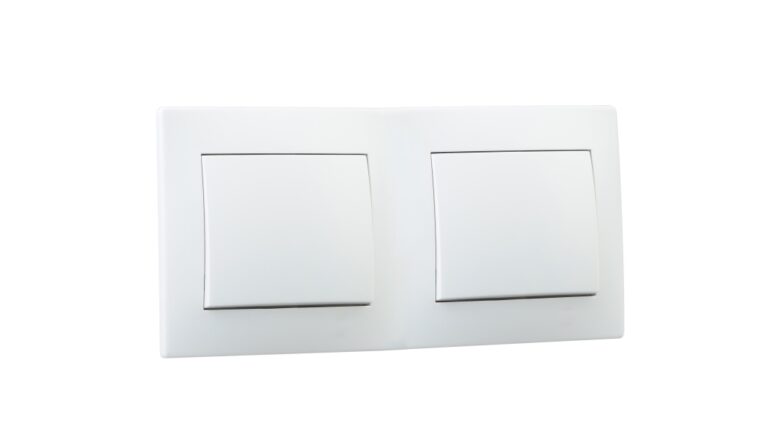
Fire Retardant
In the presence of a flame or elevated heat source, plastic materials can undergo melting, and in some cases, catch fire. The concern for fire resistance becomes particularly critical when plastics are utilized in confined spaces such as car interiors or airplane cabins.
Plastics exhibit diverse responses to fire; certain types are inherently self-extinguishing once the heat source is removed, while others may propagate flames vertically or emit hazardous fumes.
Notably, polyvinyl chloride (PVC) stands out as a naturally fire-resistant plastic due to the presence of chlorine, which hinders the combustion process by depriving the fire of necessary oxygen. However, it is essential to acknowledge that chlorine gas poses its own serious risks.
Achieving fire resistance involves either coating the plastic material with a fire-proofing chemical or introducing impurities to the compound that disrupt the combustion cycle. Additives such as boron, antimony, chlorine, bromine, aluminum, and phosphorous are commonly employed for this purpose.
Given the multitude of variables and formulations, it is advisable to consult with the manufacturer to confirm the UL fire safety rating of the material in use. The highest rating, UL94-VO, signifies that the material does not burn, is self-extinguishing, and does not drip hot melt onto the floor. A comprehensive explanation of UL flammability ratings is available for reference.
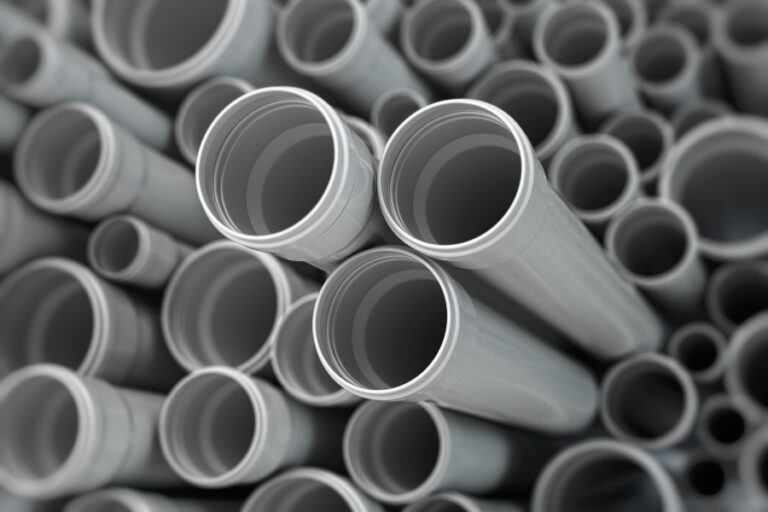
Biocompatible
The utilization of plastic components in medical devices and equipment has experienced a significant surge in recent years. In an effort to safeguard patients and regulate the industry, the ISO-10993 standard has been established to systematically outline the diverse medical applications of plastic materials.
Resins play a pivotal role in the fabrication of various medical items, including blood stents, artificial joints, bone replacements, catheters, prosthetics, infusers, heart monitors, valves, tubes, pill dispensers, and more.
Choosing the appropriate resin for each application is paramount. The ISO guidelines facilitate a “biological risk” assessment, considering the nature of interaction with the body—whether permanently implanted, in temporary contact with the skin, or for use in medical appliances.
Based on these categories, the following recommendations can be made:
Short-term and skin contact: PE, PS, Nylon, PVC, Teflon, PEEK, PP, PPSU
Long-term contact or internal medicine: PPSU, HDPE, PMMA, epoxy (for dental implants)
Medical equipment and tools: PEEK, POM, PMMA, PC, PVC, HDPE
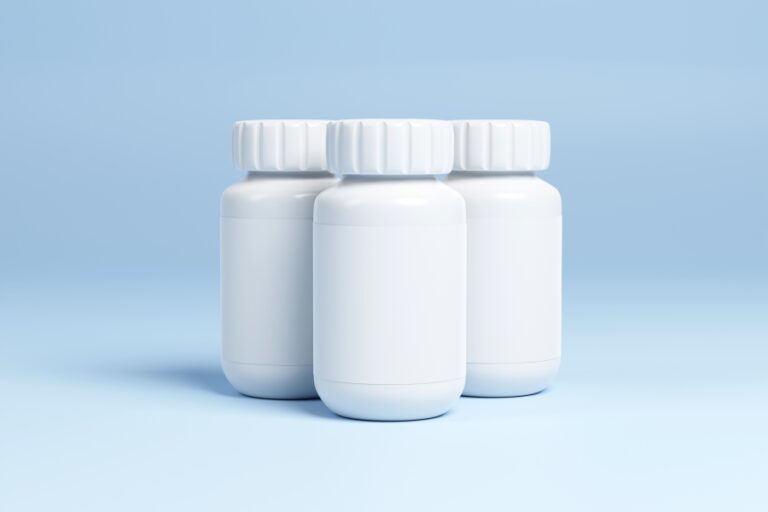
At RP Group, we provide an array of in-house prototyping and production services, encompassing plastic injection molding and CNC machining.
Our team of engineers is ready to assist you in selecting the most suitable plastic for your upcoming product. Additionally, we offer guidance on optimizing your designs for optimal results. Take the first step by uploading your CAD files today to receive a quote. Discover how we can support your requirements for rapid tooling, prototyping, and volume production.

